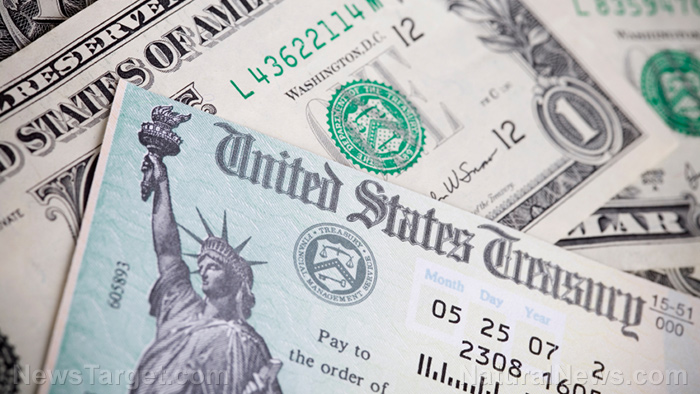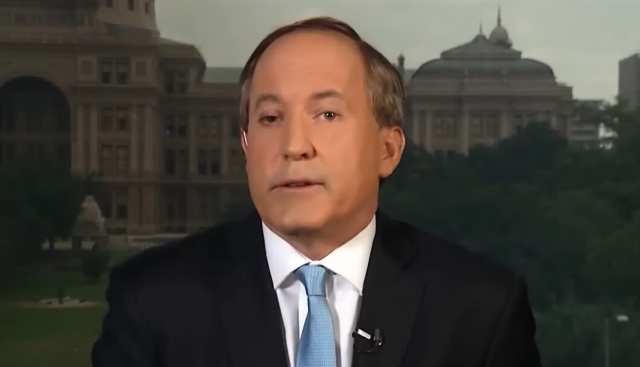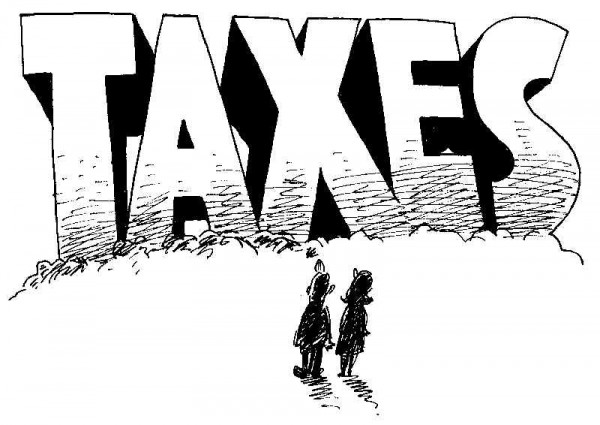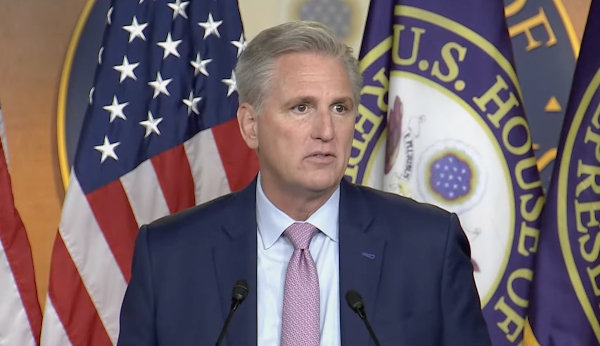Calm before the storm: Treasury bills to flood market following sealed debt-ceiling deal
06/13/2023 / By Belle Carter

Following the signed debt ceiling deal, investors are preparing for a massive flood of more than $1 trillion Treasury bills that could ignite a new round of volatility and threaten the current calm in the market.
As per JPMorgan analysts, Wall Street traders fear that the roughly $850 billion in bond issuance was shelved until a debt ceiling deal was passed. Now that a deal has been reached, these hundreds of billions of dollars worth of bonds could return to the market in force, overwhelming buyers, jolting markets and raising short-term borrowing costs. They say the U.S. government could face borrowing at rates nearly six percent, up from 0.1 percent less than two years ago.
Some critics also brace for potential unforeseen problems in the financial plumbing – a common metaphor for institutional elements of the financial system that are fixed in the short run and enable flows of credit, capital and financial risk – where trillions of dollars worth of transactions happen daily.
“When you dump a tremendous amount of debt into the market, it causes dislocation,” said Jon Maier, chief investment officer of exchange-traded fund provider Global X. “Investors are underestimating that.”
“Everyone knows the flood is coming,” said Gennadiy Goldberg, a strategist at TD Securities. “Yields will move higher because of this flood. Treasury bills will cheapen further. And that will put pressure on banks.” He added that he is expecting the biggest increase in Treasury bill issuance in history, comparable to the issuane rate during the 2008 Great Recession and in early 2020 during the lockdowns.
Now, flooding of the Treasury bills in the market threatens the “just-recovering” and relatively calm markets that had the S&P 500 gaining 11 percent this year as the labor market has been resilient among other causes. The Cboe Volatility Index, known as Wall Street’s fear gauge because it measures the price of options that investors often use to protect against stock declines, is now hovering at multiyear lows.
The placid market remained even as short-term bond yields already jumped in recent weeks and people had expectations for the Federal reserve to hold rates higher for longer. The two-year yield ended on June 7 at 4.548 percent, which is up more than 0.8 points from its year-to-date lows seen a month ago. The 10-year yield ended at 3.782 percent.
Debt ceiling deal’s extraordinary measures award the Fed with complete rein in the rates
Now, the Department of the Treasury is attempting to replenish its coffers amid a weaker-than-expected tax season with the enactment of extraordinary measures during the debt ceiling debates to cover the payments of the federal government’s obligations.
These payments drained the government’s checking account held at the Fed to below $50 billion remaining at the end of May. Officials last said it was targeting a balance of $600 billion for what’s known as the Treasury General Account (TGA).
“That could weigh on the large banks that are required to bid for Treasurys at auction through an agreement with the government as the so-called primary dealers could be effectively forced to finance the replenishment of the TGA,” wrote Eric Wallerstein for the Wall Street Journal. “At the same time, regulators are seeking to boost banks’ cash buffers to avoid another banking crisis. Further draining liquidity from the markets, the Fed is allowing its balance sheet to shrink.”
Wallerstein further pointed out that even if banks pulled back from short-term funding markets, history can prove that Fed officials would immediately “extinguish any fires.” He cited that back in September 2019, the central bank unveiled a facility to provide banks with cash even though the rate spike’s cause was unclear. That facility, which brought down rates almost immediately, now exists as a permanent safeguard to help maintain the Fed’s rein in rates.
The debt ceiling deal brokered by President Joe Biden and House Speaker Kevin McCarthy lifts the government’s $31.4 trillion debt ceiling while imposing spending caps and cuts on Biden’s plan to boost funding for the IRS to audit wealthy Americans.
The deal would suspend the $31.4 trillion debt ceiling until Jan. 1, 2025, allowing the U.S. government to pay its bills. The debt limit extension lasts after 2024, which only means that Congress has more time to address the deeply polarizing issue until after the November 2024 presidential election. (Related: Newt Gingrich says a debt default on Biden’s watch will end his 2024 reelection bid.)
Head over to NationalDebt.news to read more about the recent debt ceiling deal.
Watch this video from “The Stew Peters Show” as host Stew Peters slams McCarthy for failing to extract stronger concessions from Biden in the debt ceiling deal.
This video is from the High Hopes channel on Brighteon.com.
More related stories:
NO DEAL! Biden, McCarthy fail to reach an agreement on DEBT CEILING just days from potential default.
US could default on its debt by July if deal on raising the debt ceiling is not reached.
NY Rep. Tenney: Biden should slash federal spending amid debt ceiling battle.
To increase or not to increase: Republicans and Democrats clash over $31.4 trillion debt ceiling.
Sources include:
Submit a correction >>
Tagged Under:
big government, Bubble, debt bomb, debt ceiling, debt ceiling deal, debt collapse, economic riot, Federal Reserve, finance riot, government debt, Joe Biden, Kevin McCarthy, market crash, money supply, national debt, risk, Treasury, Treasury bonds
This article may contain statements that reflect the opinion of the author
RECENT NEWS & ARTICLES
COPYRIGHT © 2018 MONEYSUPPLY.NEWS
All content posted on this site is protected under Free Speech. MoneySupply.news is not responsible for content written by contributing authors. The information on this site is provided for educational and entertainment purposes only. It is not intended as a substitute for professional advice of any kind. MoneySupply.news assumes no responsibility for the use or misuse of this material. All trademarks, registered trademarks and service marks mentioned on this site are the property of their respective owners.




















